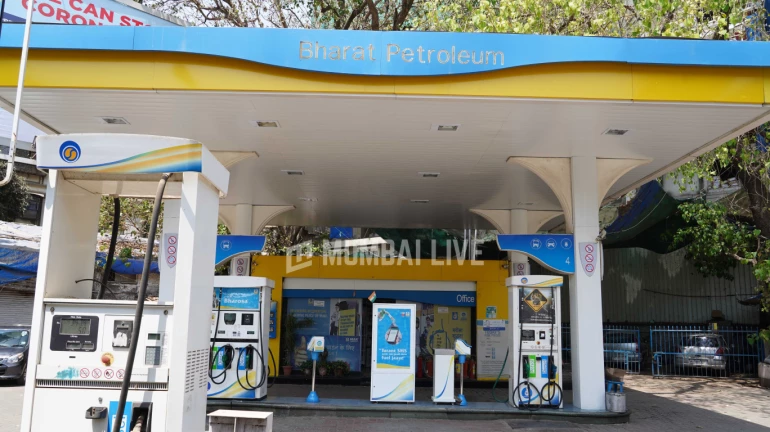
Retail prices of petrol and diesel have been rising over the past several weeks. In some parts of the country, the retail selling price of petrol has crossed INR 100 a litre.
India imports 80 per cent of its crude oil. These imports are mainly from the Gulf countries. Until 2015, the central government had bear the brunt of rising international crude oil prices by compensating the country's oil producers by selling oil bonds. Now, the government has given oil companies the freedom to change the selling price of petroleum products in line with fluctuations in crude oil prices. As a result, fuel prices are rising every day.
In the international market, countries such as Saudi Arabia reduced crude oil production and this has led to a shortage of fuel supply globally.
The per barrel crude price on March 1 is $65.54 compared to $61.66 on February 28.
Despite a slump in international crude oil prices due to the pandemic, the prices of petrol and diesel did not decline. The gains were adjusted against the excise duty hike to provide a cushion to the government’s tight fiscal situation.
Petrol price in Mumbai currently stands at INR 97.48, while diesel prices touched INR 88.60 per litre. During the second term of the Congress-led UPA, crude oil prices ranged from $70 to $110 per barrel between 2009 and 2014. At that time, the price of petrol was between INR 55 and INR 80. It has come to light that this difference was because of the low tax burden.
This shows that the price of petrol and diesel in the country is not directly related to the price of crude oil in the international market. The price hike is related to the taxes levied by the Central Government and the State Government and the Dealers' Commission.
How are the petrol prices are fixed?
Let us take an example of Mumbai to see how the prices are fixed. Firstly, the oil marketing companies sell petrol at the base price per litre to the dealers. The base price of a litre of petrol in Mumbai is INR 39. After that, the central government imposes excise duty of INR 32.98 per litre on petrol. So, the price of petrol goes up to INR 72. Apart from this, every petrol pump seller gets a commission of INR 3.69 per litre. After this, a sales tax of INR 20 is levied by the state government. Then, it reaches to the consumers with the final price making it so expensive.
Compared to 2019, if we look at the tax collection for 2020 (April to November), the tax revenue from each sector has decreased. Meanwhile, the government has collected 48 per cent more tax on petrol and diesel.
The government has received a tax of INR 1,96,342 crores last year. Whereas, in 2019, the tax figure was only INR 1,32,899 crores.
There are two consequences of the high duty. First, it hurts consumer pockets and can be inflationary. The rise in crude oil prices in recent weeks, amid the elevated excise duties, is causing retail prices of petrol and diesel to rise. High fuel prices will feed into higher inflation.
This could happen through two channels: Directly, as crude products feature as constituents in the Consumer Price Index basket (in the ‘fuel and light’ and ‘transport and communication’ category), and indirectly, as higher transportation costs due to increase in the price of fuel. The latter would impact the price of other products ranging from vegetables, egg, meat, milk, to cement, fertilisers, chemicals etc. The prices of services could also likely rise due to an increase in fuel prices.
Second, it creates excessive fiscal dependence on petroleum products. Petrol and diesel have been easy targets for raising revenues for the government. The government needs to diversify its sources of revenue and reduce its dependence on oil for bridging its fiscal deficit.
Besides, the liquefied petroleum gas (LPG) prices were hiked by INR 25 on March 1, 2021. Now, the minimum price of auto and taxis have also been increased by INR 3, while the air travel will also become expensive as government announced 30 per cent fare hike.
With all the increase will worsen the monthly budget of the common man. The important question how much more the general public will have to bear the burden of inflation.





